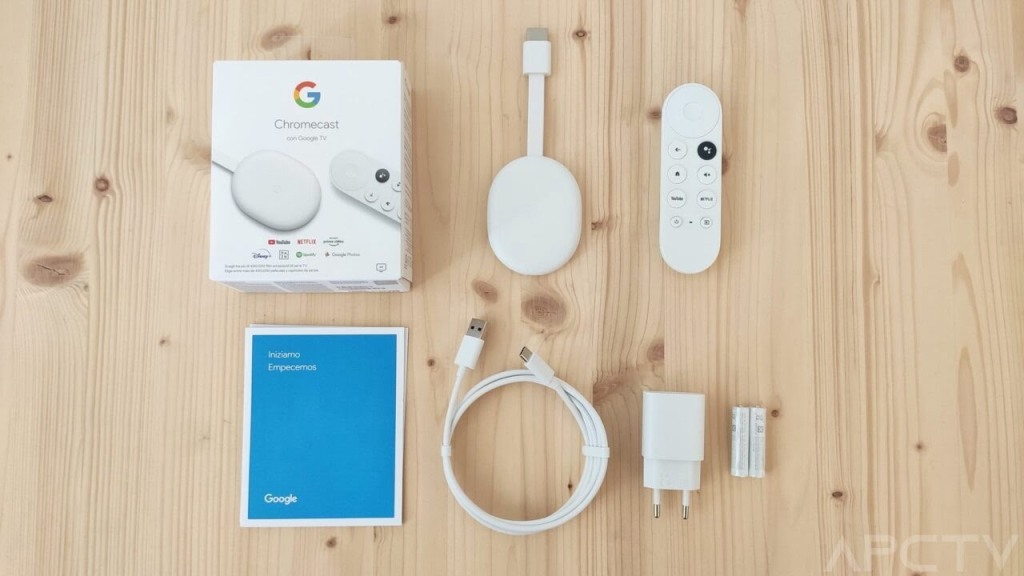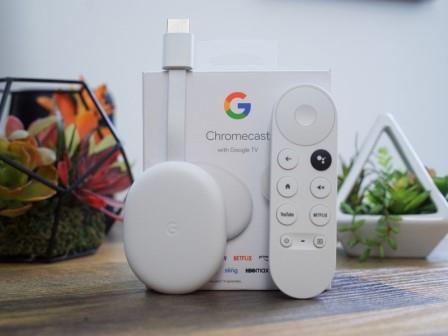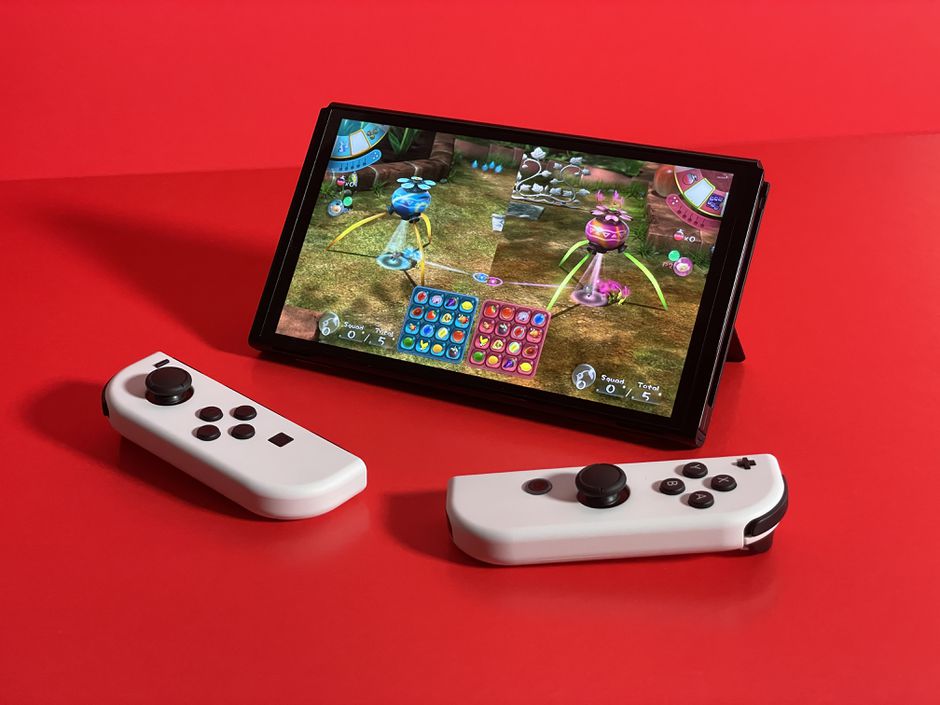GOOGLE’S Chromecast with Google TV is currently selling at $10 less than its original price. But for a device with so many features, that its name is almost a sentence, it could be difficult to understand what you are really getting from that deal.
Lend Me Your Shoes
You arrive home after a long workday. Tired, you slump on your couch waiting diligently for your noodles to be delivered. While waiting you decide to watch something interesting and you begin switching your Tv channels one by one but nothing catches your eye. You grab your phone, it took you a while to decide which of your subscriptions to watch but you finally decide on Prime video, a minute later you’re on Netflix but no luck, you can’t quite nail something down, you switch to YouTube to see what’s there. Eventually, these searching and scrolling bore you and you begin to think of your day, your WORK, and your villain of a BOSS.
Okay! That’s enough, have your shoes back.
If this is you then you are about to have a very dear friend in the Chromecast.

Nice to meet you
The Chromecast with Google TV is a streaming stick that is a culmination of over 10years of work by Google. It is majorly a combination of the following devices:
- GoogleTv: Launched in 2010, it’s poor market performance ensured that in just 3 years it was discontinued. However it served as a building block for google and was replaced by the android tv in 2014.
- Android tv: A sleek operating system that gives your TV the capabilities of a smartphone or tablet.
- Google Chromecast: The original which was launched in 2013 had only one function: display whatever was on your phone or tablet on your Tv.

With all the above elements merged into the new Chromecast, you can stream movies, stream games locally or from the cloud, read external storage, use Ethernet and even make video calls with your TV. All with a device that now costs just $40(down from $50).

Whats Cool
Being one of the most affordable streaming dongles on the market already makes the Google Chromecast a brilliant bargain, it however also comes with the following major features:
- Universal watchlist: Something Google has over most of its competitors is that; with the chromecast you not only get recommendations from all your subscriptions all in one screen but you also get the capability to create a watchlist that is filled with movies from all the different streaming services you have. E.g Netflix, prime, hulu, disney plus, etc.
- Personalization: Overtime the recommendations you get will be based on what you watch but you can sharpen it further, by clicking on the Rate This or Watched It button. The ability to view movies across multiple streaming service also ensures that you are paying the right price for your subscriptions.
- Cast from phone and tablet: This feature unique to the chromecast, it lets you share whatever is on your phone or tablet to your tv screen. You can share most apps, your pictures or videos or even webpages.
- Google assistant: Unlike earlier versions, this version of chromecast also comes with a remote that has just one-colour all over, except for the assitant button. Holding down this button gives you the possibility of searching for a movie, tv show, with your voice. You can also leverage on the fact that it’s a google assitant and use it to make searches with google’s search engine e.g weather, news, places near you e.t.c. Heads up though, some of the results may have to be sent to your phone before you can proceed further.
- Stream games locally or online: It’s does exactly that, although this comes with it’s own buts. More on that below.

What could be improved
The Apple TV costs $199 while the Nvidia shield TV costs $256 and these two are major competitors with the Chromecast. If however, you can get the Chromecast at just $40, then you’re probably already getting the feeling that something must be sacrificed.
- Storage: the Chromecast comes with a measly 4GB storage space and for a device that has so many powerful capabilities this is quite embarrassing. To solve this little storage problem you would need to purchase a USB C Hub that allows pass-through charging and is capable of charging both the Chromecast and the USB C Hub simultaneously. You can find one here.
- Consistency issues: the Chromecast supports 4k, Dolby Vision, Dolby Atmos for streaming movies. However, this does not work consistently across all apps. For instance, if you want to watch a Disney plus movie you either settle for HD or go through Disney’s original app. Similarly, while Chromecast prides itself on showing movie recommendations of all your subscriptions in one place, Netflix originals like Queen’s gambit or The Witcher do not feature in these recommendations, you have to go in-app to find them.
- Video game streaming: Finally if you want to use the Chromecast for streaming video games it’s important that you have a very fast internet else you will have to be content with lags that occasionally disturb your experience along the way. Nvidia’s gaming experience is unsurprisingly way better.
Setting up Your Chromecast
All your Tv needs to have is an HDMI port for it to work with the Chromecast (see video on how to set up below), you don’t necessarily need to buy a smart tv, the chrome cast comes with its own smarts. It checks the right box when you are spending on a budget.
You can get this limited time offer on:
Links
Some of the links included in this post are affiliate links therefore if you make a purchase from them, I’ll get a small token as a reward. Thank you for your support.




